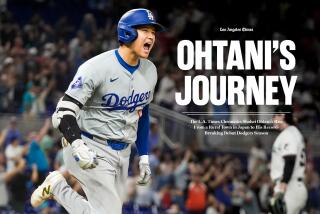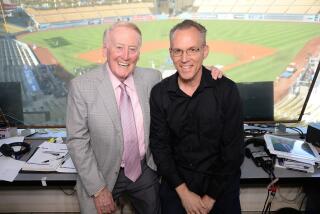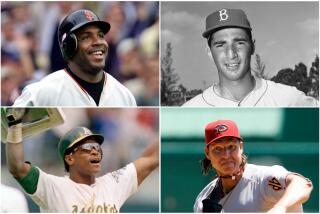The Baseball Encyclopedia was born 50 years ago, 2337 pages landing with a thud
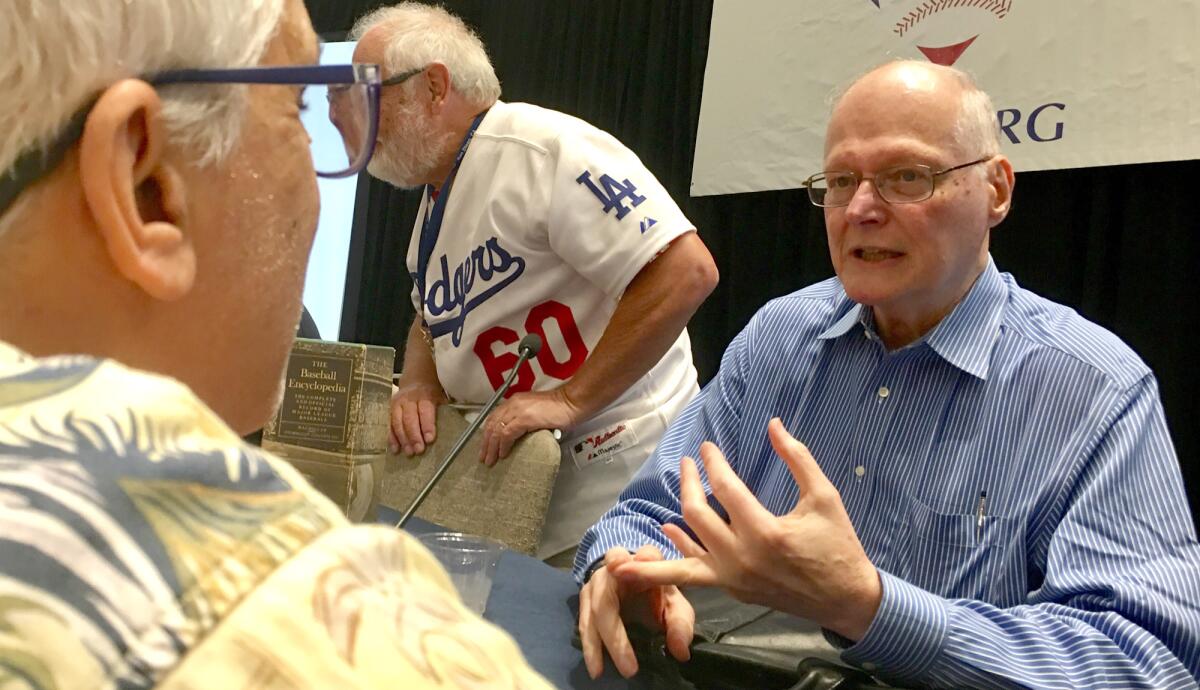
Sure, putting a man on the moon was a pretty big deal 50 summers ago.
Then there are some who considered the arrival of The Baseball Encyclopedia a short time later to be out of this world.
Of all the mind-blowing events from the summer of 1969, the wondrous thud of this 2,337-page bound publication, weighing more than six pounds and mass produced by computer software on onion-skin-thin paper, was as revelatory as it was roomy.
For the first time, the public had up-to-date and accurate access to the complete statistics of more than 10,000 professional baseball players going back to 1876. Think beyond the back-of-bubble-gum-card material.
The expanded columns had 17 stats for hitters and 19 for pitchers. It mined the archives of newspapers, scoresheets and loose-leaf binders collecting dust at the Baseball Hall of Fame to confirm and even recalculate categories such as RBIs, which were not recorded before 1920, and earned runs charged to pitchers, which weren’t computed until 1911.
Famed sportswriter Jimmy Breslin wrote in the New York Times: “The book figures to be of untold value to bartenders who have to settle arguments with customers.”
The legacy of that first book, still available in second-hand stores and online retailers for those with a sentimental heart, adds up to something modern-day sabermetricians will gladly calculate.
The first Major League Baseball-endorsed book of historical accuracy was not just a must-have for public libraries, team record-keepers and newspaper sports reference desks; it kick-started the creation of the Society for American Baseball Research a year later in 1970.
The proliferation of personal computers and an enthusiastic thirst for new ways to interpret information begat destinations such as RetroSheet.org, which logged the game’s history of box scores and play-by-play, and Baseball-Reference.com, which formatted those stats and further interpreted the info. Both websites are run by volunteers. The result of their work is now free.
Just prior to the book’s Sept. 10, 1969, release, then-Baseball Commissioner Bowie Kuhn hosted an unprecedented news conference in a New York restaurant, trying to explain to the media why this was a significant, collaborative achievement.
David Neft, the book’s first-edition editor in chief, says he’s over the moon to be here today at age 82 and witness the marking of this milestone.
“I realized two things from the start — one, I better damn well get it right, and two, whatever else I did professionally in my life, I figured that 50 years later, when I’m dead and buried, if anyone remembers me for anything, it’ll be for this book,” said Neft, who holds a doctorate in statistics and was the director of research for Information Concepts, the company hired for this undertaking.
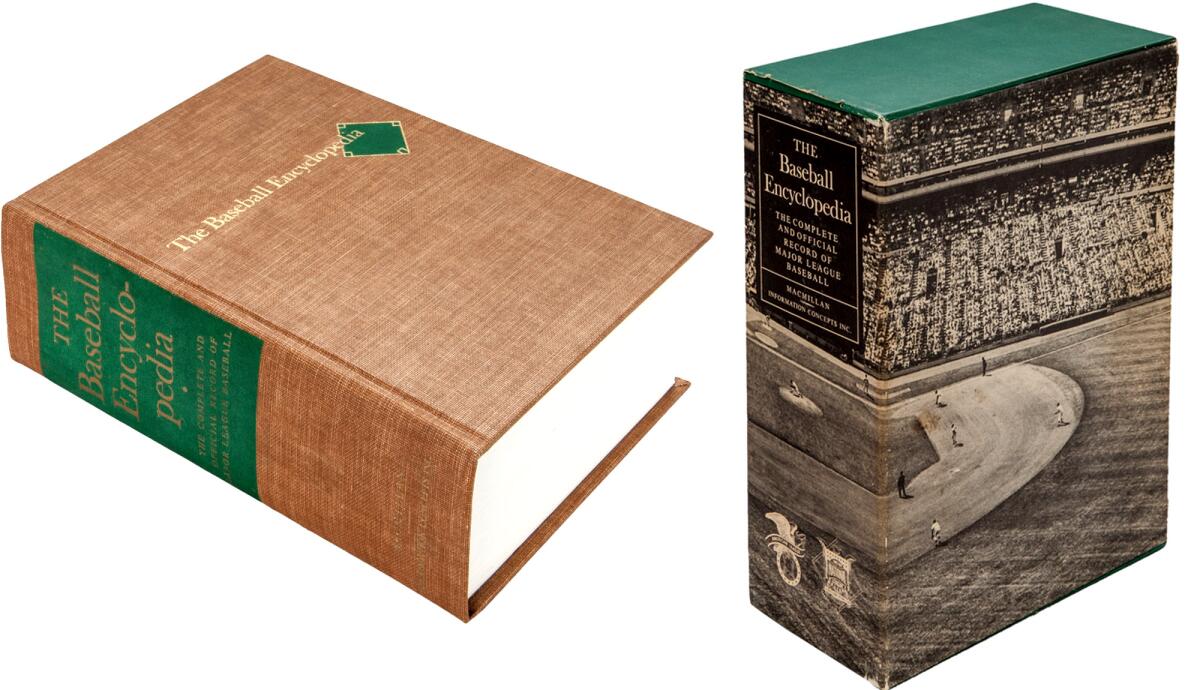
At the annual SABR convention in June in San Diego, a panel discussion formed to herald The Baseball Encyclopedia’s golden anniversary and provide context. Neft flew in from New York to join Retrosheet.org founder David Smith, based in Delaware, and Baseball-Reference.com president Sean Forman, who lives in Philadelphia.
MLB official historian John Thorn, who moderated the event, said RetroSheet.org, founded in 1989, has so far digitized the play-by-play and box scores of nearly 175,000 games — 98% of all played over the last century. Baseball-Reference.com, launched in 2000 and expanded to basketball, the NFL, hockey, college football and soccer, says its primary aim is to be the “easiest to use, fastest and most complete sports statistics (site) anywhere. If we have some fun in the process, that’s good too.”
“You are all descendants of The Baseball Encyclopedia, and we all owe David our deep appreciation and applause on this 50th anniversary,” Thorn told the gathering. “All of us on this stage stand, in our past and our continuing work, on the shoulders of The Baseball Encyclopedia and its principal architect.”
Smith even brought along the copy given to him in 1969 with the inscription: “To David: This should answer some questions you hadn’t even thought of. Mother and Dad.”
Sign up for our free daily sports newsletter >>
The book’s original price tag was $25.
Neft says the project “had very little to do with baseball and all to do with technology,” becoming the first book published in the United States with any kind of computer software. IBM used a processor originally designed to print regional editions of TV Guide. Macmillian Publishing became involved because it had experience publishing the Donnelly phone book.
“There was no way to have someone on a linotype machine input six-point type on more than 2,000 pages and then have someone proofread every number,” said Neft, a recipient of the first SABR Henry Chadwick award for lifetime work and included on the 2016 list by the Sporting News of the 40 most influential people in MLB history.
Neft only edited the first book, which was updated 10 times by Macmillian and known internally as the “Big Mac” before it ceased in 1993. Thorn and several other partners used its template to launch a half dozen editions of “Total Baseball” as the official MLB encyclopedia from 1989 through 2004.
Eventually, the Baseball Encyclopedia went the way of the Thomas Brothers Guide, which yielded to technological advancements in navigation.
The Dodgers announced Friday that additional protective netting down the foul lines will be installed at Dodger Stadium by Monday when the club returns home.
If the Internet killed The Baseball Encyclopedia, the brand remained loyal among its users.
Jon Leonoudakis, a baseball documentarian from the San Fernando Valley who grew up in San Francisco, was 11 when his parents gave him the first The Baseball Encyclopedia in ’69.
“Growing up Catholic, the biggest book I’d seen to that point was the Bible, so I realized this had to be an amazing document,” Leonoudakis said at the SABR convention. “I was so engrossed in it, it lived in the bathroom for a while.
“As a baseball historian, this book has been incredibly vital to have. It’s just that as you kept buying the updated issues, you could never really keep them all in your house because you’d need a bookcase the size of Mars.”
Neft remains most proud of the fact his work eventually helped Baseball Hall of Fame voters comprehend the impact of someone such as pitcher Addie Joss (1902-10, elected in 1978 with a 1.89 lifetime ERA, second all-time) and outfielder Sam Thompson (1885-1898, elected in 1974 with 1,300 RBIs in 1,407 games over 15 years).
“For so long, there was a lack of information that could help define their accomplishments,” Neft said. “This fueled an appetite for people getting involved on their own, like SABR, but also working with like-minded colleagues to mine new information, discuss its importance, and open it up to everyone.”
For the record, it was likely the first time many stumbled across a player such as Archibald “Moonlight” Graham, who played one game with the 1905 New York Giants. He’s on page 902 of the first edition, and he inspired the Burt Lancaster character in the 1989 movie “Field of Dreams.”
Neft smiles when reflecting on how his team of about 30 researchers worked with Baseball Hall curator Lee Allen, a vital contributor who died just before the book was published.
“The analogy I think of, since we’re talking baseball, was that it felt like I was the manager of a World Series champion,” Neft said. “I had people of all different backgrounds and beliefs, all working together for the common goal of making this work. It was a wonderful experience.”
More to Read
Go beyond the scoreboard
Get the latest on L.A.'s teams in the daily Sports Report newsletter.
You may occasionally receive promotional content from the Los Angeles Times.

